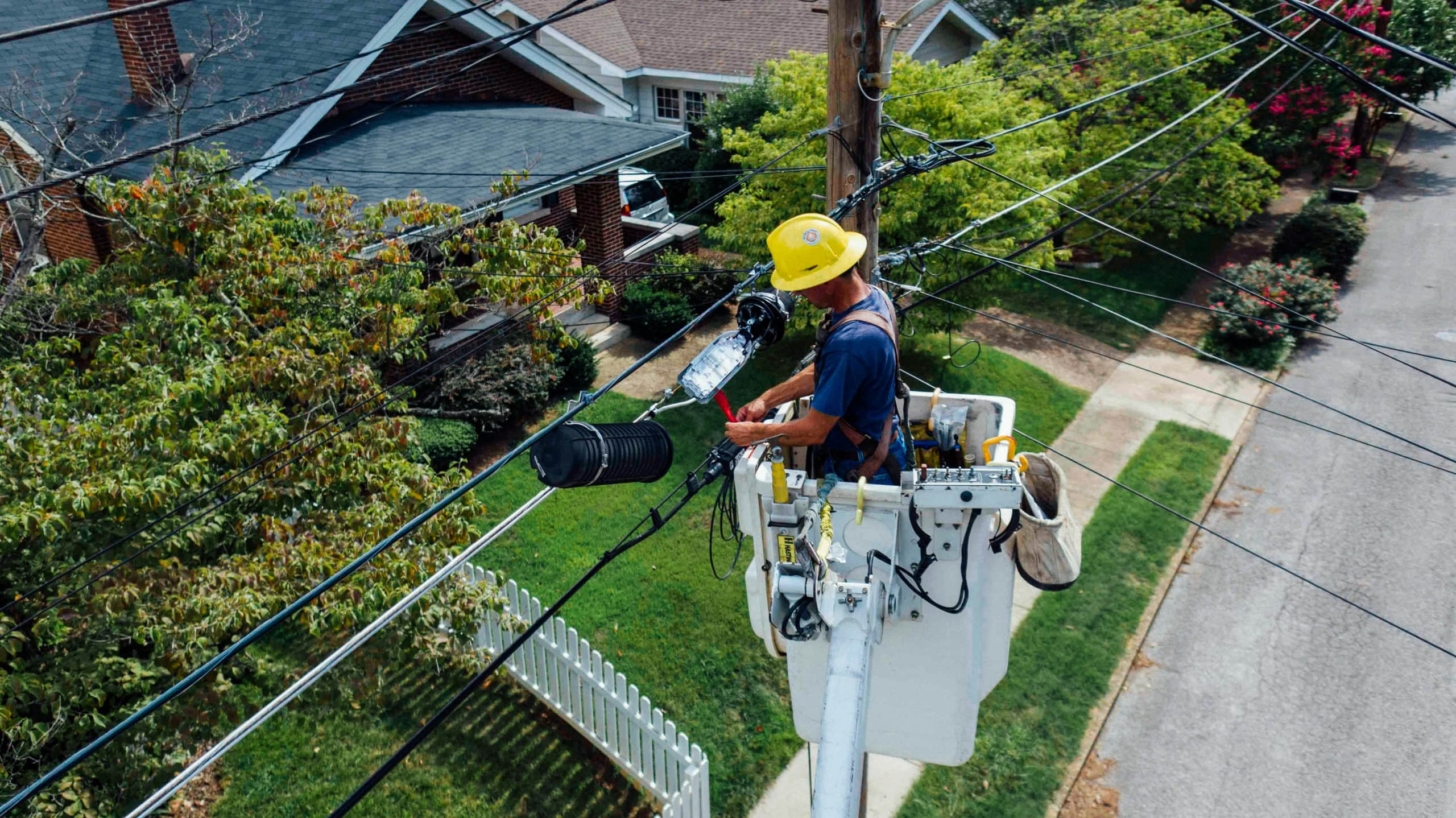Contents

Introduction
As humanoid robots transition from labs to factories, homes, and public spaces, their performance hinges on one critical component: the battery protection system. For industrial battery manufacturers and robotics innovators, the development of reliable and high-efficiency battery solutions is an essential competitive necessity. In this blog, we’ll explore the cutting-edge technologies that are shaping humanoid robot batteries protection systems and demonstrate how partnering with a trusted battery supplier in China can supercharge your robotics initiatives.
1. The Challenges of Humanoid Robot Battery Design
Humanoid robots demand batteries that unify energy density, safety, and thermal management. Traditional lithium-ion batteries fall short in several critical areas:
- Short Runtime: Most robots operate for no more than 1–3 hours before they need lengthy recharges, limiting their effectiveness.
- Thermal Risks: High-frequency discharging generates heat, leading to potential performance degradation and safety hazards.
- Space Constraints: Compact designs limit battery size, forcing trade-offs between capacity and weight.
2. Breakthroughs in Battery Pack Design
Leading-edge solutions address these challenges through innovative battery pack assembly and battery management systems (BMS):
A. Modular & High-Energy-Density Configurations
- Tesla’s Vertical Pack Design: Using 63×21700 cylindrical cells, Tesla achieves 2.3 kWh capacity in a compact, modular layout. Two battery modules are stacked vertically, enabling easier maintenance and scalability.
- Solid-State Batteries: Companies like GAC Motors integrate solid-state batteries into robots like GoMate, extending runtime to 6 hours with 80% energy savings.
B. Intelligent Thermal Management
Overheating is effectively managed with advanced hybrid cooling systems:
- Active Air Cooling: Tesla combines shared air ducts and fan system to cool both batteries and onboard computers simultaneously, optimizing efficiency.
- Low-Temperature Solutions: Specialized LiFePO4 battery suppliers offer advanced low-temperature LiFePO4 batteries that maintain 90% efficiency even at -40℃.
C. Safety & Longevity Enhancements
- BMS Precision: Advanced BMS monitors cell health, prevents overcharging, and optimizes charge cycles. For instance, SoftBank’s Tianhe C1 robot uses a BMS with 3mΩ ultra-low resistance for stable performance.
- LiFePO4 Chemistry: As a leading LiFePO4 battery supplier, our solutions prioritize safety with non-combustible materials, ideal for high-risk environments.
3. Why Partner with a Specialized Battery Supplier?
Choosing the right industrial battery manufacturer ensures:
- Customization: Tailor-made battery packs designed for specific voltage (48-58V), capacity (2-8 kWh), and form factors.
- Scalability: We facilitate battery cell production from prototype development to mass production, meeting the demands of global robotics brands.
- Compliance: Certifications guarantee safety and market accessibility.
4. The Future: Solid-State & AI-Driven Energy Systems
The next frontier includes:
- Solid-State Batteries: These batteries provide 2–3 times higher energy density and enable rapid charging, delivering over 100 minutes of runtime in just 10 minutes of charging.
- Energy Recovery Systems: Following Tesla’s regenerative braking model, robots like Digit will reclaim kinetic energy during movement, optimizing operational efficiency.
- AI-Optimized BMS: Predictive algorithms extend battery life by adapting to usage patterns in real-time.
Conclusion
Humanoid robots are revolutionizing industries, but their success is inextricably linked to advanced battery pack design and a dependable lithium battery supply. With 23 years of experience as a battery equipment manufacturer, we are uniquely positioned to empower innovators with scalable, safe, and high-performance solutions.
Are you ready to power your next-generation robots?
Explore our custom battery solutions and contact our team to discuss your project’s specific needs. Together, we will forge the future of robotics—one cell at a time.





